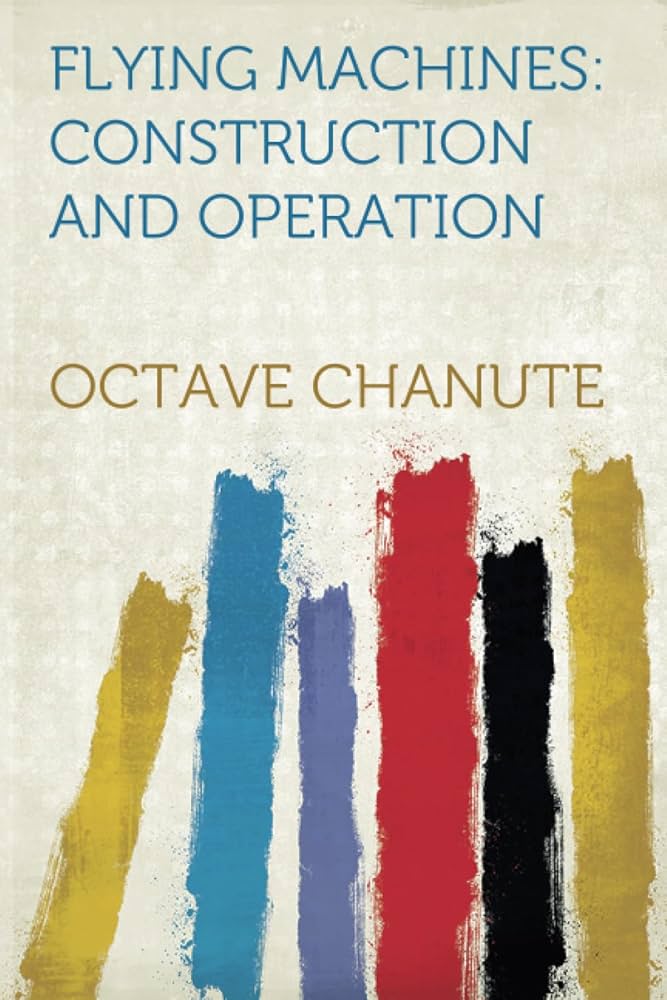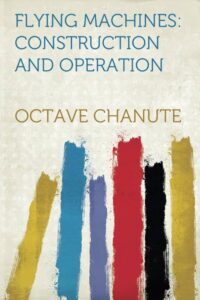Chapter I — Flying Machines Construction And Operation
byChapter I — Flying Machines Construction And Operation begins with a detailed account of how the concept of multi-surface flight evolved, laying the groundwork for future breakthroughs in aviation. Octave Chanute opens the discussion by recognizing the early insight of F. H. Wenham, who, in 1866, proposed stacking aeroplanes vertically to expand lift area without excessive weight. His design incorporated silk or canvas stretched over a framework and supported the idea of using multiple wings to lift a craft carrying its own propulsion.
Wenham’s contributions reached the public when he presented to the Aeronautical Society of Great Britain. He shared his observations of birds and showed that layered wings could support more weight efficiently. His large-scale models suggested manned flight was possible under the right conditions. These superposed surfaces were meant to provide lift with minimal drag, and his theories formed a scientific basis for later developments. Though his practical models did not achieve full flight, his concepts resonated throughout early aviation design.
Others pursued similar paths with varying outcomes. Stringfellow built a model using Wenham’s superposed idea, testing its ability to sustain motion in a controlled setting. Linfield’s attempt, however, failed to produce results, reinforcing that success in flight required more than following a single blueprint. Alongside them, Horatio Phillips conducted valuable work on airflow over wing sections and raised awareness about the challenges of maintaining directional control. Commandant Renard’s dirigible parachute further explored how lift and descent could be managed safely, providing insights into the mechanics of controlled air descent. These scattered efforts underscored a pattern of slow yet meaningful progress driven by trial and refinement.
A major advancement came from Lawrence Hargrave, who introduced the cellular kite. His design used paired lifting surfaces held together by a rigid framework, adding structural stability to what had previously been unstable gliders. The kite offered improved lift distribution and remained more predictable in the air. This marked a turning point, as the principle of reinforced superposed wings became more accepted. Hargrave’s innovation influenced subsequent glider construction by introducing a repeatable, stable system. His methods were later adapted by others experimenting with human-carrying machines.
Chanute’s own involvement came through collaboration with associates Herring and Avery. Together, they tested a range of gliders in practical environments, using their findings to improve design consistency. Their approach differed from earlier efforts by prioritizing simplicity and safety. The three-decked glider they developed combined lift capacity with improved maneuverability. This model stood out for its ability to handle gusts and recover from instability. By focusing on layered wings and balance, they helped move aviation beyond experimental failure toward functional flight capability.
One of Chanute’s most significant contributions was not just mechanical, but methodological. He applied engineering principles systematically, documenting every test and result. Unlike those before him, he emphasized replication and refinement rather than single-instance success. His experiments were based on real-world feedback and continued adjustment. This approach inspired others, including the Wright brothers, to pursue similar discipline in their designs. His work laid the foundation for gliding as a precursor to powered flight, proving it was possible to build and control heavier-than-air machines.
Despite introducing his own design improvements, Chanute consistently acknowledged Wenham’s early vision. The idea that multiple wings could offer more lift with less material became a shared concept that many would revisit and refine. Chanute’s successful gliders owed much to these foundational theories. This cooperative evolution of ideas reflects how aviation advanced not through isolated genius, but through ongoing communication and testing among inventors. Each failure contributed a lesson, and each improvement carried the legacy of those who came before.
The first chapter illustrates how aviation did not arise from a sudden invention, but from decades of dedication. Layered wing structures, curved surfaces, and frame stability emerged through repeated effort and collective knowledge. The willingness to build on past insights, while adapting to new information, was what ultimately propelled flight into reality. The story of early flight is not just about machines—it’s about method, collaboration, and perseverance. This chapter honors that journey by showing how one idea, carefully nurtured, can shape an entire field.


